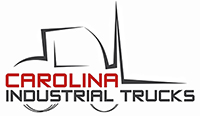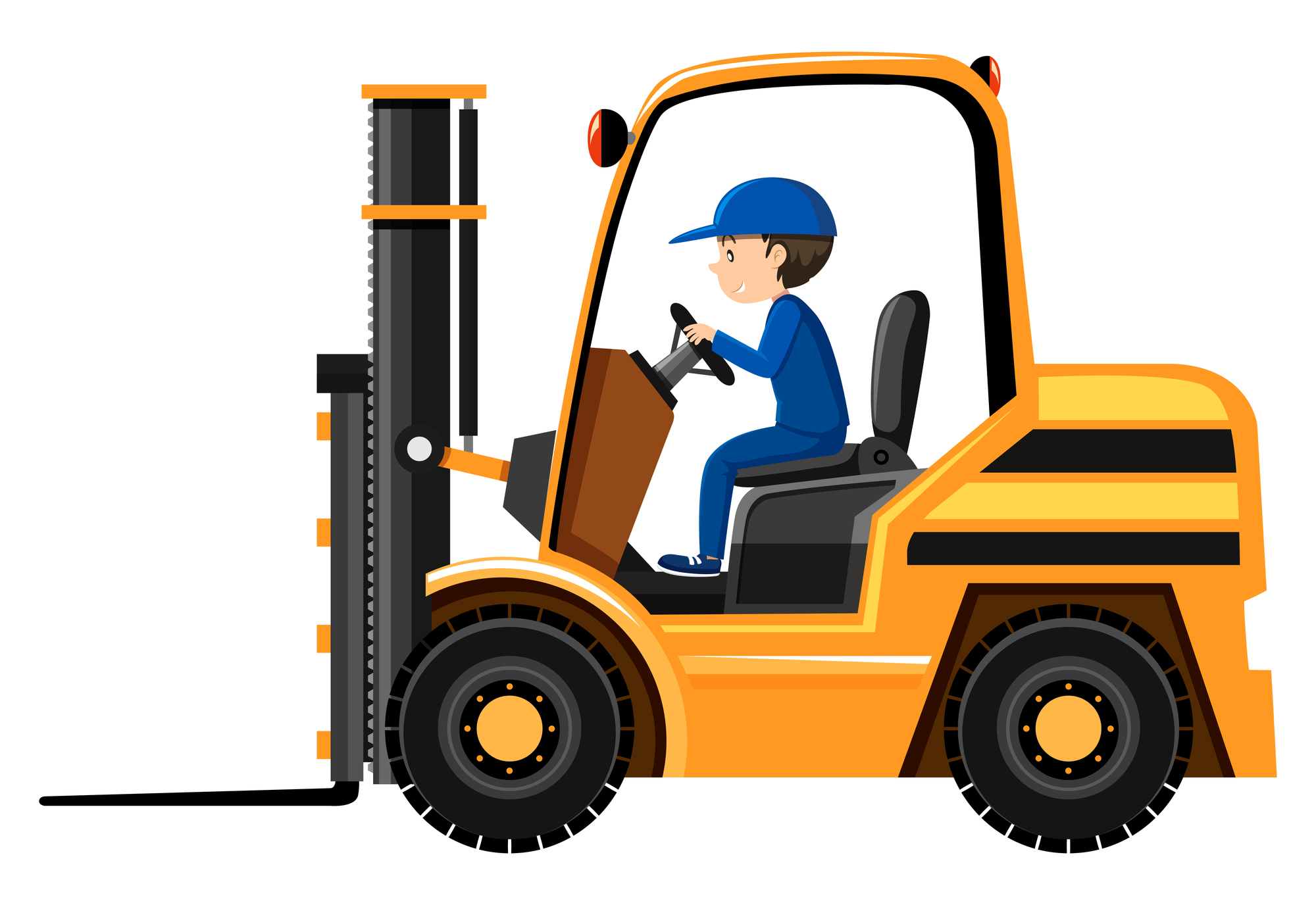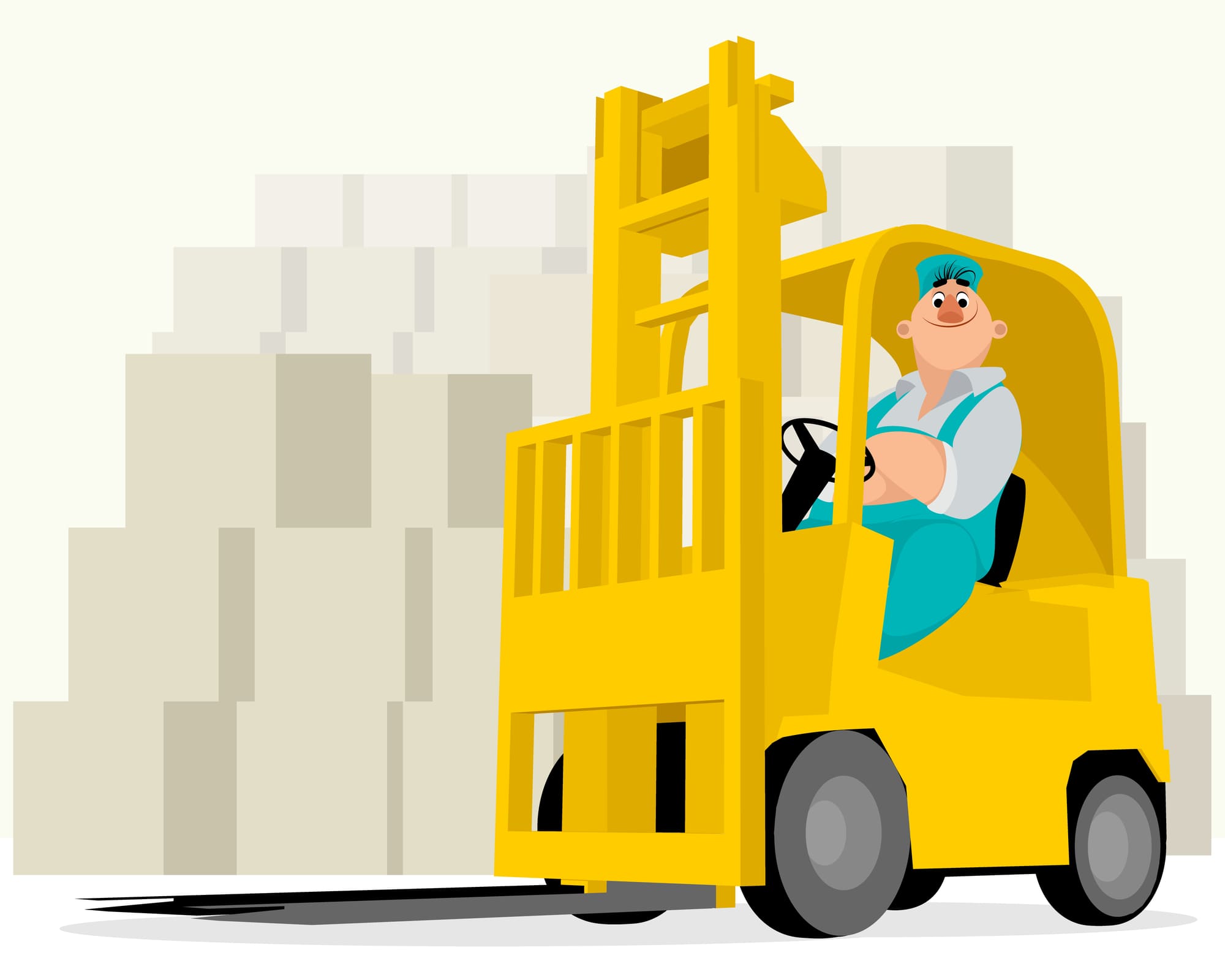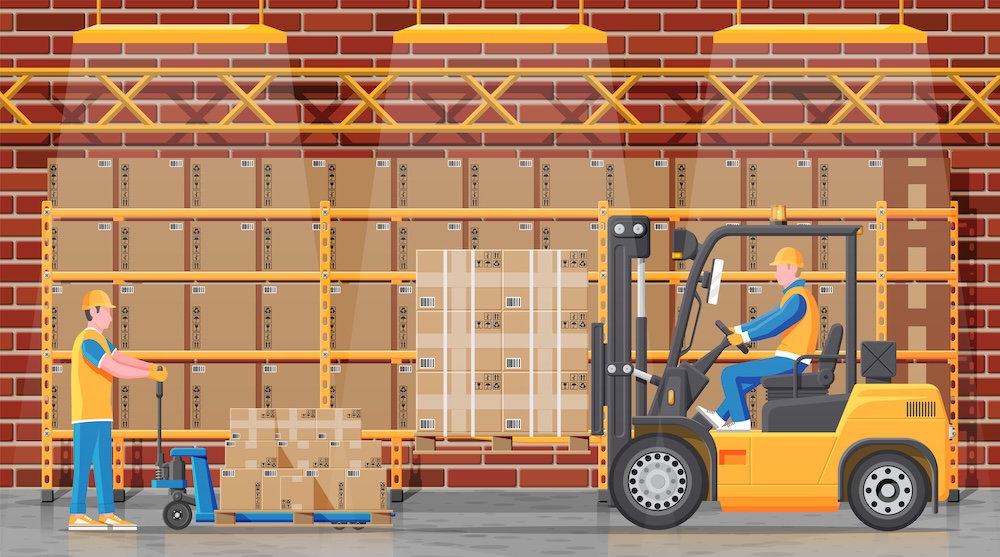Proper Forklift Fleet Management for the Brutal Cold
01/27/2019
CITrucks
Winter Maintenance for Your Forklift Fleet
You wake up to a brutally cold winter morning. You hope your car starts. You get to work and then you hope your forklift starts.
Winter comes with a whole slew of hassles specific to the season. How your equipment operates normally in the weather should not be on that list.
Regardless of the forklift types in your fleet, here are some tips and tricks for fleet management in the brutal cold. Read on to learn how to maintain your fleet all year-round to avoid winter worries.
Upkeep for All Forklift Types
You work your forklifts hard throughout the year. You already know that general maintenance and upkeep should be performed on a regular basis. Don't wait until a brutally cold winter hits to get things in proper working order.
Regular maintenance will keep your machine running longer. It will increase productivity and safety; and cut down on repair costs in the long run.
Part of your year-round, regular fleet management should include a maintenance plan for when the weather starts to turn cold.
Your Forklift Maintenance Plan
A forklift maintenance plan is something that will benefit your business for years to come. It helps your company maintain its bottom-line. The plan decides how often and what preventative maintenance should be performed. It creates accountability for the fleet's upkeep.
Here are some questions you should ask yourself to figure out your fleet's maintenance plan:
- How old is the fleet? Older machines need more frequent repairs and maintenance.
- Do we have service records from before? Maintenance history is a good indicator of how many problems you can expect to find and how often inspections will need to occur.
- Is this particular forklift more susceptible to damage? If the lift has a history of alignment issues or other faulty parts, you'll want to schedule checks of those items more frequently.
- What are the safety requirements? Some requirements are federal regulations. Others are company policies. Both are equally important to know in order to decide how best to upkeep the fleet.
- What type of lifts do you operate? Internal combustion, propane and electric each come with their own maintenance and repair plan. If you operate all one type of lift, it's easier to create a maintenance plan that works across the board.
- What maintenance can be performed in-house? If you need to outsource your maintenance and repairs, you'll need to plan ahead. Find a company that works around your schedule and provides a replacement lift while yours is in the shop. This will prevent down time on the job.
This list should get you started as you lay out your forklift maintenance plan.
As a general rule, each lift needs to be serviced once every 3 months. This averages out to about once every 100 operating hours.
Pre-Shift Inspections
A pre-shift inspection is required by OSHA. At the beginning of every forklift operator's shift, they are required to go through a checklist that covers the lift from top to bottom.
Before you start the engine, this all needs to be performed. Pre-shift inspections are a great way to increase safety and catch small upkeep repairs before they become large repairs.
Include pre-shift inspections as part of your fleet maintenance plan.
Winter Worries
Your fleet maintenance plan should include special precautions to be taken in extreme cold. While regular upkeep and maintenance should help you avoid most of the headaches, there are a couple special considerations to be made as the temperature plummets.
Storage
If you can store your fleet inside during the colder months, it'll help prevent long-term damage. Since indoor storage isn't always feasible, consider covering or tarping your lifts at night.
Anti-Freeze
This should be a no-brainer. The easiest way to keep your engine block from freezing and seizing is to add anti-freeze.
Diesel equipment requires antifreeze additives to prevent diesel waxing. Diesel waxing occurs when the paraffin component of diesel fuel becomes solid in the cold. Make sure the reservoir is full before you start the lift each day. It'll save you a lot of problems later on.
The Electrical and Hydraulic Systems
The battery, terminals, attachments, and hydraulic system are particularly susceptible to problems in the cold. It is important that the pre-shift inspection includes a check for leaks on each of these parts.
The Tires
Cold weather can cause slightly deflated tires. This can cause a lack of traction when operating. Icy conditions plus under-inflated tires spells danger. Always check the tires before each use and exercise caution when re-inflating the tires. Over-inflating tires can cause blowouts.
Warm-Up Time
Give your lift enough time to warm up in the winter before you use it. It's similar a car. It needs to warm up before you drive. Go drink a coffee and let your lift idle for a few minutes before you get to work.
Operator Safety
Working in the snow or ice can be miserable. Operating heavy equipment in bad weather can be equally miserable.
In addition to adding a couple extra steps to your fleet maintenance to combat the wear and tear of bad weather, you'll need to add a couple extra steps to your daily operations to ensure operator safety in the cold.
Make sure the work space is cleaned up. Winter provides less daylight. This means operators working outdoors will have a harder time seeing where they are driving in the early morning and late afternoon. Add beacon lighting to lifts and check warehouses for dimly lit areas.
Shovel snow and salt roads before operating lifts. Slick conditions are another contributing factor to on-the-job crashes or collisions. Avoiding crashes reduces damage to the lift and creates a safer environment for your workers.
If you're operating your forklifts inside, check the ventilation of your warehouse space.
In older facilities, it may not be safe to close warehouse doors to keep workers warm. Exhaust from the lifts may affect air quality if not properly vented.
Instead, workers should be outfitted with appropriate, waterproof, winter clothing. Reflective or high visibility clothing should also be available.
Year-Round Care to Combat Winter Worries
Cold weather and colder operators can cause winter inefficiencies. Avoid inefficiencies by using this guide to fleet maintenance for the brutal cold.
Remember that regular maintenance throughout the year will make winter easier - on your operators and on the forklifts they operate. Learn more about us or contact us with questions about any forklift types.





